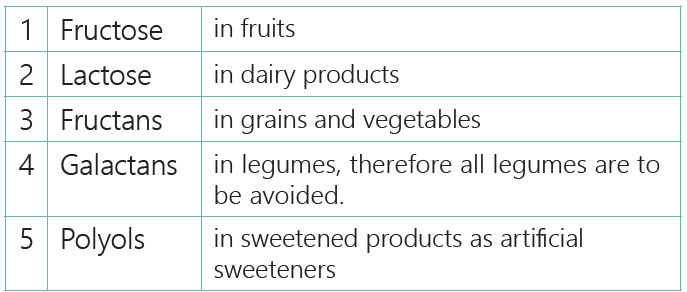Wind – the real story:
Most people who complain of wind are actually referring to a bloated abdomen. There are 6 (plus 1) causes of abdominal bloating all 6 begin with the letter “F”:
- Flatus (wind or gas)
- Fluid
- Food
- Fat
- Faeces
- Foetus
- Enlarged organs
If it is really wind, then actually wind is not the problem. Our gastro-intestinal tract is a long hollow tube with an entrance at the top, the mouth, and an exit at the bottom, the anus. It is impossible for our gut to be a windless vacuum because every time we talk and every time we defecate, air enters. So wind is not the problem but the ability of our bowels to accommodate air. Experiments have been done where balloons are inserted into the stomach and rectum of normal subjects and people with sensitive stomach (functional dyspepsia) and sensitive colon (irritable bowel syndrome – IBS). At a balloon volume where normal people do not experience any discomfort, subjects with hypersensitive bowels felt bloated.
Windy Foods – a scientific approach:
However there is no denying that some foods have a greater tendency to form gas upon digestion. In 2012, Professor Peter Gibson of Monash University, then working in Box Hill Hospital, Melbourne first proposed that IBS patients be treated with a low FODMAP diet. FODMAP stands for Fermentable Oligosaccharides, Disaccharides, Monosaccharides and Polyols. Fermentation produces carbon dioxide and also hydrogen gases like hydrogen sulphide (rotten egg gas). In the bowel this leads to symptoms like abdominal cramps, bloating, excessive gas and diarrhoea. Now let us look at each component of FODMAP.
- Oligosaccharides are short chains of 3 to 10 sugar molecules, and the most common ones, raffinose and stachyose, are found in beans, peas, and lentils.
- Disaccharides are sucrose, lactose, and maltose.
- Monosaccharides are glucose, galactose, and fructose.
- Polyols are sugar alcohols, like sorbitol and mannitol, that are formed through catalytic hydrogenation of carbohydrates. They are found naturally in certain fruits, vegetables, and mushrooms; however, they are also commonly used as sugar-free sweeteners in products such as chewing gum, candies, and beverages.
But knowing the above is not practical, right? For the next section I have consulted our resident dietician at Pantai Hospital Ayer Keroh, Melaka, Ms Lee Eek Mui.
Windy Foods – a practical approach:
There are 5 groups of FODMAP.

How do I follow a low FODMAP diet?
There are 3 phases to the FODMAP dietary program.
Phase 1: Restriction – To diagnose FODMAP sensitivity. All high-FODMAP foods have to be omitted from the diet for at least 2 weeks, up to 8 weeks if remain symptomatic. Keeping a food diary can help you to monitor intake and symptoms. Many alternative foods can be consumed whilst following a low FODMAP diet. Remember to take a well-balanced meal even if you are on a low FODMAP diet.
Phase 2: Introduction – To diversify the diet over 6 to 10 weeks and improve adherence. Food groups are introduced one at a time.
Phase 3: Personalization – Find each patient’s low FODMAP diet.
Below is a list of foods to avoid and to enjoy, deliberately juxtaposed to facilitate substitution.
Conclusion:
The Low FODMAP diet first started in 2012 as a treatment for people with IBS. Since then it has been used also in people with a sensitive stomach. It even has its own app, Monash University FODMAP diet, costing RM27.84 to download. The lay public when it comes to windy foods and diseases, approach the subject with gut feelings (pun intended). On the other hand, medical personnel tend to pooh-pooh windy foods. It is time science brings these 2 groups together by increasing awareness, yay or nay.
 By: Dr Chuah Seong York,
By: Dr Chuah Seong York,
Consultant Gastroenterologist,
Hepatologist and Internal Medicine,
Pantai Hospital Ayer Keroh

By: Ms Lee Eek Mui,
Dietician,
Pantai Hospital Ayer Keroh



